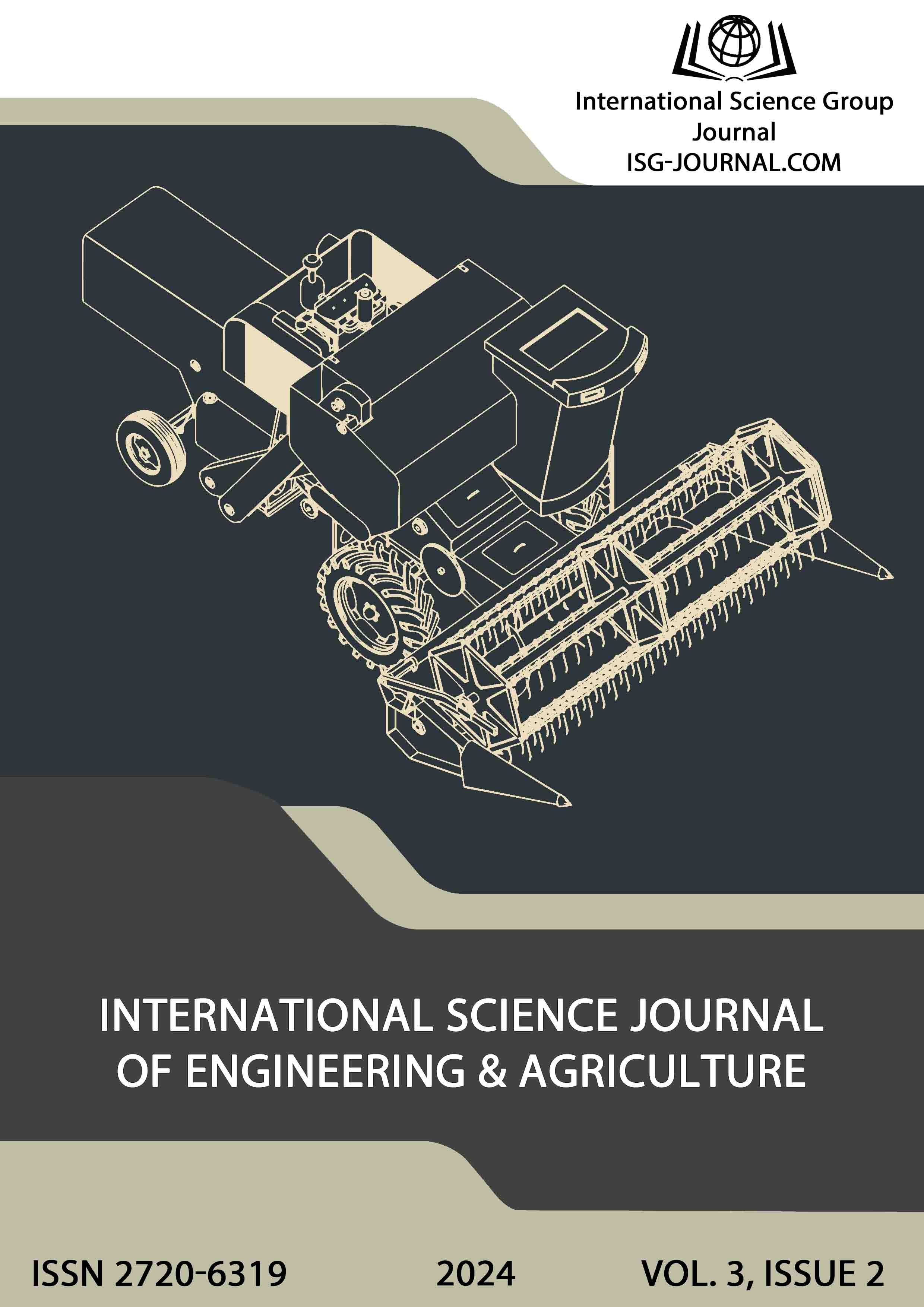Application of the method of analysis of hierarchies for the comparative analysis of legislative acts in the field of biodiversity
DOI:
https://doi.org/10.46299/j.isjea.20240302.08Keywords:
biodiversity, criterion, legislative act, content, system analysis method, agreement coefficientAbstract
The procedure of comparative assessment of the regulatory support of biodiversity monitoring standards is considered, which is a preliminary stage of the successful creation of an environmental legal framework in countries that are on the way to join the legislative acts already existing in the EU. A systematic approach to the problem of implementation of the legislative bases of Ukraine and EU countries is proposed. This approach takes into account the realities of today, when there are financial and personnel restrictions that do not allow to fully implement in a relatively short period of time all the many proposed changes and additions to the existing legal framework. Therefore, justifying the choice of the most important legislative acts for priority implementation for Ukraine is a very urgent task. A method of quantitative comparative assessment of the level of coordination of a number of laws of Ukraine and directives of the EU countries for compliance with the legal criteria of the quality of the content of a standard legislative act in the field of biodiversity is proposed. Three factors characterizing the content are given: the quality of the presentation of the text of the article of the law; the logic of the presentation of the text of the article of the law; technological and legal criteria. The model for evaluating the coordination of a number of laws of Ukraine and Directive 92/43/EEC is considered. The basis of mathematical modeling is the method of systems analysis and its special case – the method of analyzing hierarchies. The model has a cluster structure with hierarchical and holarchic connections between the corresponding nodes-criteria within the clusters.The Super Decision environment was selected as the software for the implementation process, where the simulation result is provided in the form of a number of indicators that allow evaluating the absolute, marginal and global priorities of coordination, as well as their ratio coefficients depending on the direction of implementation. A comprehensive indicator of agreement is proposed for each criterion and their integral set in the areas of implementation of legislative acts. Formulas for calculating the complex index of agreement are given and examples of its calculation are provided.References
Жарова Л., Єремєєва Н. (2015). Порівняльний аналіз економіко-правових передумов членства у ЄС країн кандидатів (Україна, Грузія, Молдова). Маркетинг і менеджмент інновацій, № 2.. С. 170–181. URL: https
Бондарук Г.В., Кагало О.О., Проценко Л.Д. та ін. (2013). Нормативно-правове забезпечення збереження біорізноманіття в лісовому секторі України: Аналіз та перспективи розвитку. Львів.. 266 с.
Плани апроксимації до Директив 92/43 ЄЕС Ради від 21.05.1992 та 2009/147/ЄС Європейського Парламенту та Ради від 30.10.2009 / Базовий план адаптації екологічного законодавства України до законодавства Європейського Союзу (Базовий план апроксимації) затв. наказом Мінприроди № 659 від 17.12.2012. Ст. 20–21. URL: http
Оцінка екологічної складової двостороннього співробітництва між Україною та ЄС / Під ред. Андрусевич Н. Львів. 2013. 202 с.
Кагало О., Проценко Л., Бондарук Г., Скрильніков Д. (2015). Розробка ключових законодавчих актів щодо охорони біорізноманіття в лісах: адаптація українського законодавства до вимог ЄС. Регіональна програма "Правозастосування й управління в лісовому секторі країн східного регіону дії європейського інструменту сусідства та партнерства II".
Лутковська С.М. (2020). Формування критеріїв та індикаторів оцінки рівня екологічної безпеки регіонів України. Економіка, фінанси, менеджмент: актуальні питання науки і практики. Вінниця,. № 1. С. 40–52. URL: http://efm.vsau.org/storage/articles/May2020/hnBN75MnRJz8TFzf2FL8.pdf
Ісаєнко В.М. (2016). SWOT-аналіз і аналіз прогалин (GAP-аналіз) політик, програм, планів і законодавчих актів у галузі освіти й науки та підготовка рекомендацій щодо їх удосконалення відповідно до положень Конвенцій Ріо. Херсон: ФОП Грінь Д.С.. 106 с. URL: http
Маковий К., Хицкова Ю., Проскурин Д. (2017). Использование метода анализа иерархий при выборе стратегических альтернатив внедрения инфраструктуры виртуальных рабочих столов в ВУЗе. Современные информационные технологии и ИТ-образование.. № 13(4). С. 296-303. DOI 10.25559/SITITO.2017.4.344.
Саати Т. (1993). Принятие решений: Метод анализа иерархий. М.: Радио и связь. 278 с.
Саати Т. (2008). Принятие решений при зависимостях и обратных связях. Аналитические сети. (3-ге вид.). М.: ЛКИ, 2008. 360 с.
Super Decision. Manuals URL.https://www.superdecisions.com/manuals
Брыжинский А., Лукьянов А.(2011). Технико-юридические критерии качества законодательного акта. Социально-политические науки.. № 1. С. 70–74, URL: https://cyberleninka.ru/article/n/tehniko-yuridicheskie-kriterii-kachestva-zakonodatelnogo-akta
Гатилова А .(2012). Качество законов как объект прогнозирования. Юридическая наука. № 4. С. 4-7. URL: https://cyberleninka.ru/article/n/kachestvo-zakonov-kak-obekt-prognozirovaniya
Браткевич В. В. (2016). Оценка качества систем поддержки E-learning, Системи обробки інформації. Проблеми і перспективи розвитку IT-індустрії. Випуск 4(141). Харків-2016, с. 219-222.
Saaty T., Ergu D. (2015). When is a Decision-Making Method Trustworthy? Criteria for Evaluating Multi-Criteria Decision-Making Methods. International Journal of Information Technology & Decision Making. № 14(06). P. 1171–1187. DOI: https://doi.org/10.1142/s021962201550025x
Downloads
Published
How to Cite
Issue
Section
License
Copyright (c) 2024 Olena Dmytrieva, Sergey Yemelyanov, Iryna Drulyova, Vyacheslav Bratkevich

This work is licensed under a Creative Commons Attribution 4.0 International License.






